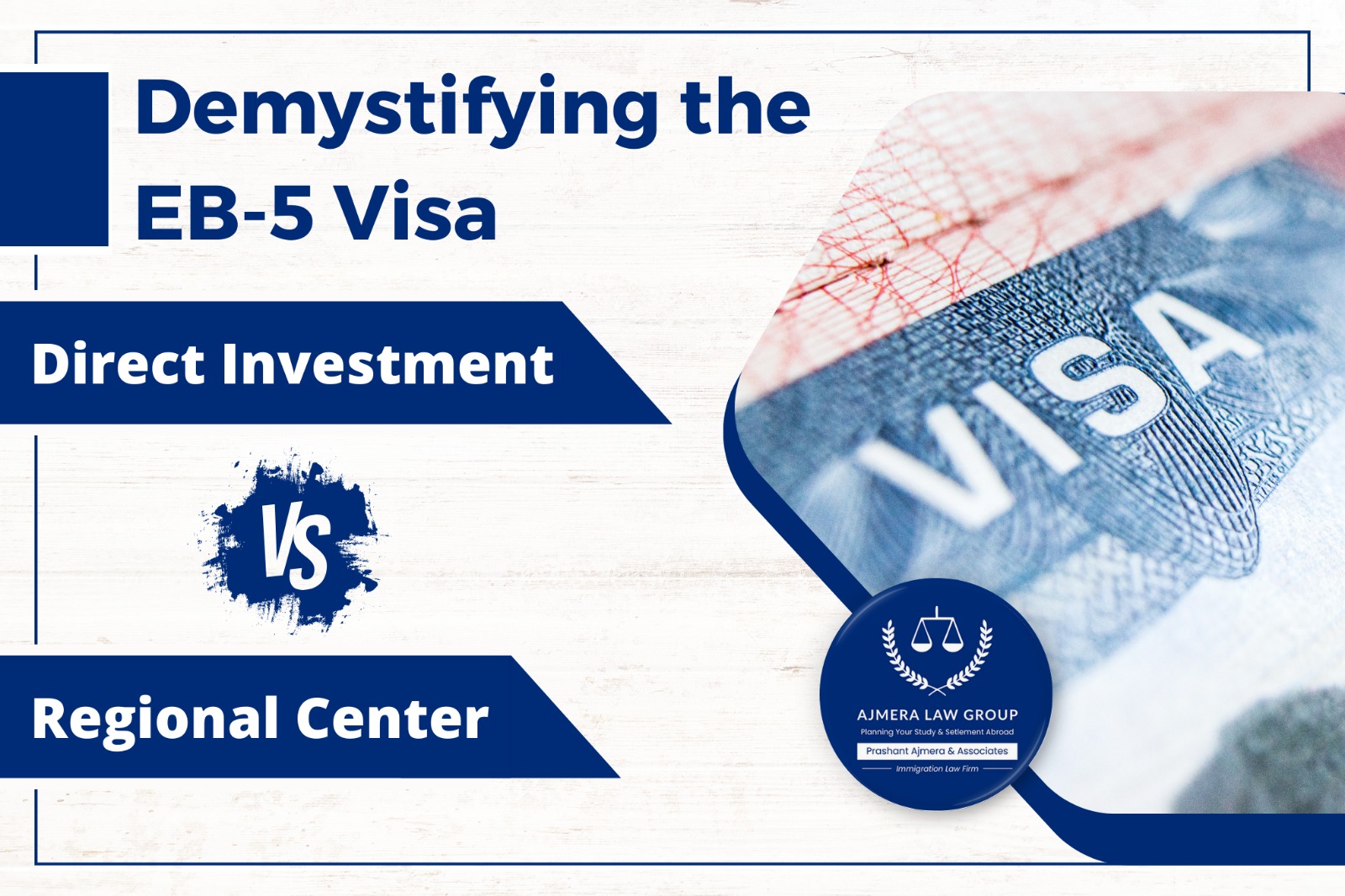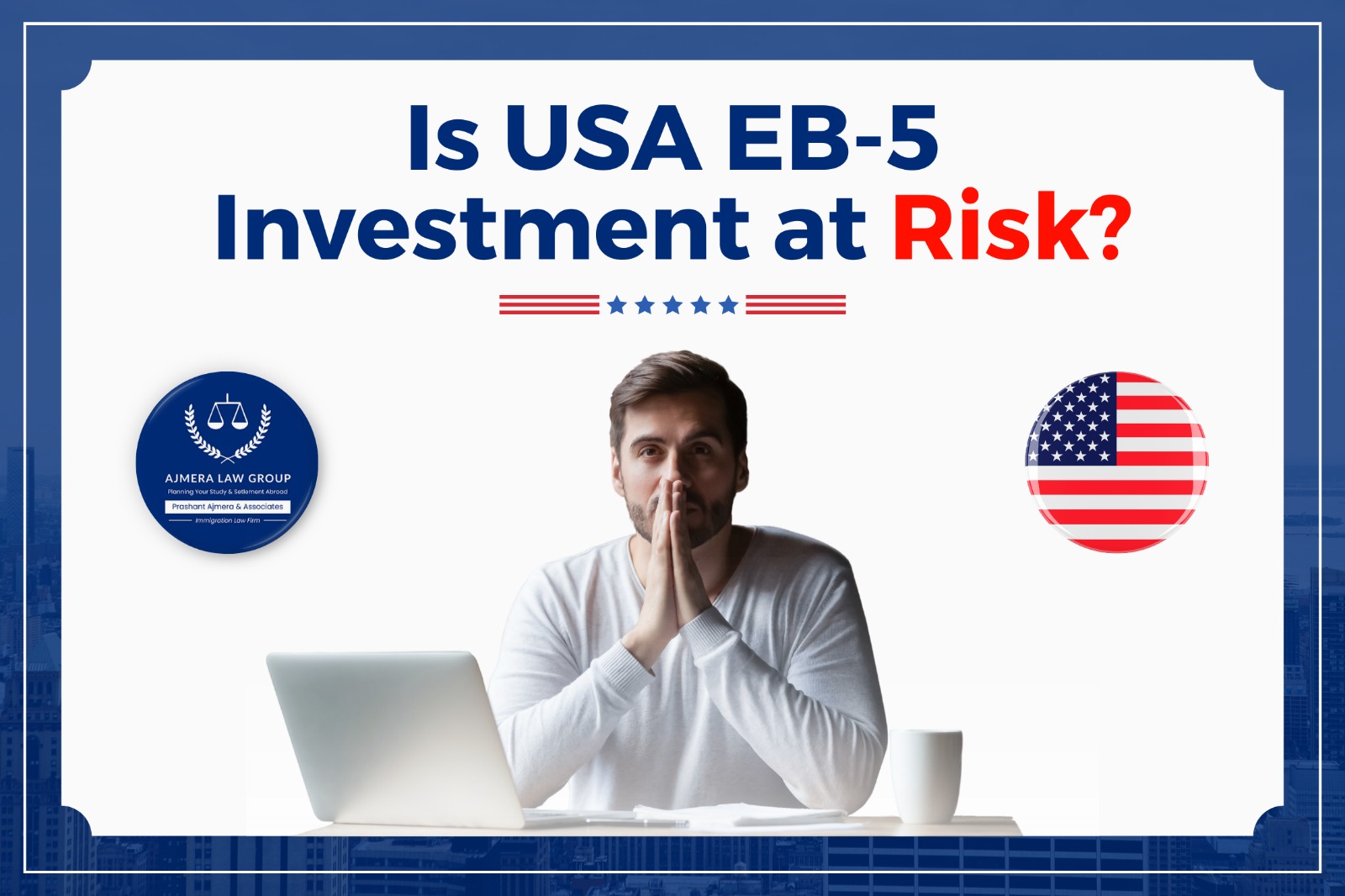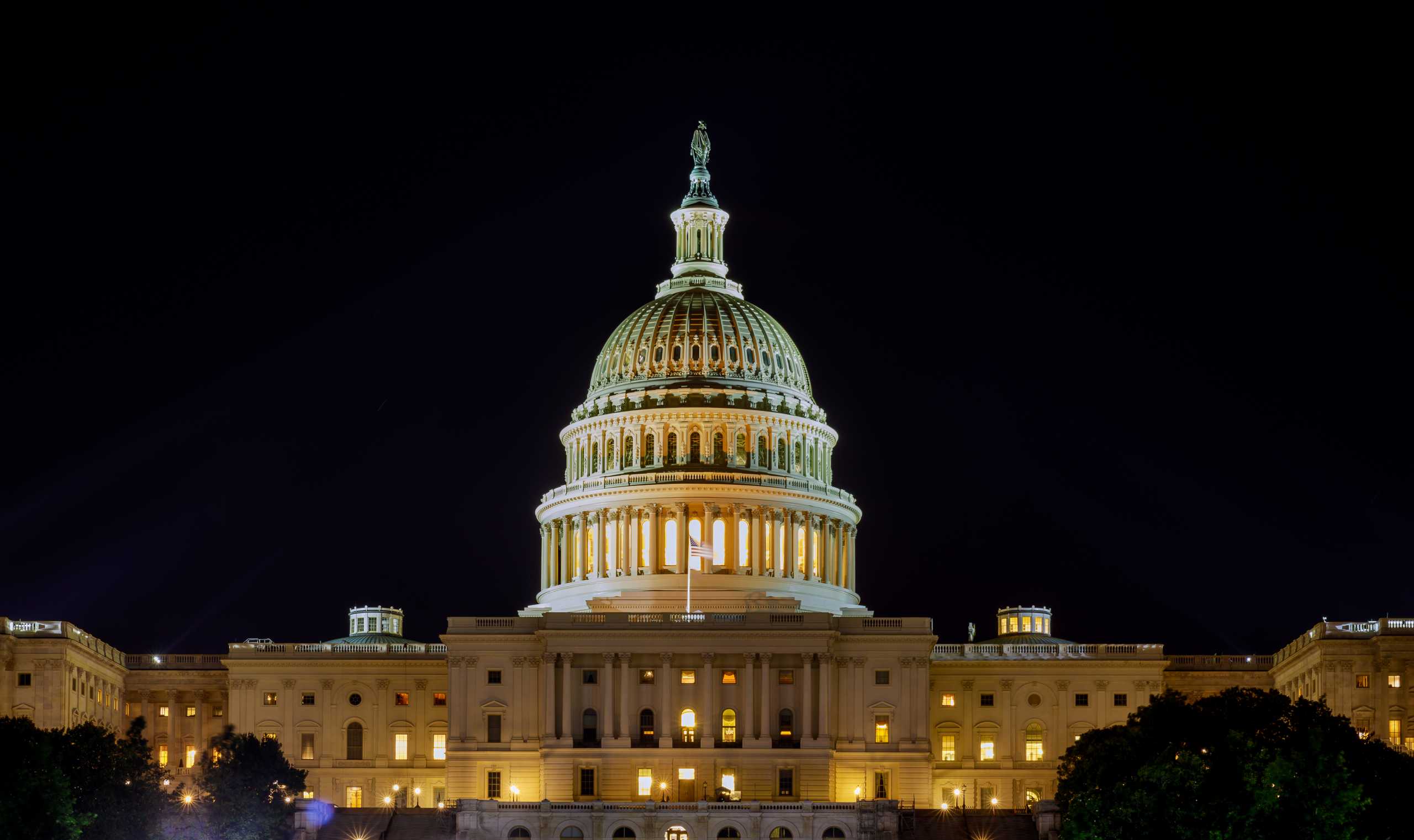Demystifying the EB-5 Visa: Direct Investment vs. Regional Center
The EB-5 visa, also known as the “Investor visa”, offers a pathway to permanent residency (green card) in the United States 🇺🇸 for foreign nationals willing to invest a significant amount of capital in the American economy. This visa program has two main pathways: direct investment and investment through a regional center. Understanding the distinctions between these options can be crucial for aspiring EB-5 applicants.
Direct Investment:
- Investment: You directly invest at least $1,050,000 in a new commercial enterprise that will create at least 10 full-time jobs for qualifying U.S. workers.
- Benefits: Offers greater control over your investment and potentially higher returns. You have a direct say in the business operations and decision-making processes.
- Drawbacks: Requires a larger initial investment compared to the regional center option. Finding and managing a qualifying investment can be complex and time-consuming. You may need to hire legal and financial professionals to navigate the process.
Regional Centre Investment:
- Investment: You invest at least $800,000 ($500,000 in certain targeted employment areas) in a pre-approved regional center project. These projects are typically real estate developments, infrastructure initiatives, or other job-creating ventures.
- Benefits: Lower investment threshold compared to direct investment. Less hands-on involvement required, as the regional center manages the investment and job creation process.
- Drawbacks: Less control over your investment and potentially lower returns. You rely on the regional center’s performance and success, which can be unpredictable.
Choosing the Right Path:
The choice between direct and regional center investment depends on your individual circumstances, risk tolerance, and investment goals.
Here are some factors to consider:
- Available capital: Do you have the minimum investment amount required for each option?
- Investment experience: Are you comfortable managing your own investment or do you prefer a more passive approach?
- Risk tolerance: Are you comfortable with the higher risk associated with direct investment or do you prefer the relative safety of a regional center project?
- Timeline: Regional center processing times are generally faster than direct investment applications.
Seeking Professional Guidance:
The EB-5 visa process involves complex regulations and legal considerations. It is highly recommended to consult with an experienced immigration attorney ⚖️ who can help you understand the program requirements, assess your eligibility, and choose the path that best suits your needs.
Additional Professionals for Standalone (Direct) EB-5 Applications one may need assistance:
- Certified Public Accountant (CPA): Assists with company registration, licenses, and compliance.
- Business Plan Expert: Creates a detailed and realistic business plan demonstrating job creation.
- Business Lawyer: Drafts company agreements and handles legal matters.
- Security Lawyer (if applicable): Addresses complex legal matters if multiple non EB5 partners are involved.
- Indian Immigration Lawyer: Assists with Indian documents, source of funds, and interview preparation.
Please note: This blog post is for informational purposes only and should not be considered legal advice. Always consult with a qualified professional for guidance on your specific situation.
To explore your settlement options in the USA, schedule a consultation with Indian immigration lawyer Prashant Ajmera, the founder of Ajmera Law Group. Contact us at +919974253030 or email us at info@ajmeralaw.com. Discover the pathways to your American dream with expert legal guidance.











